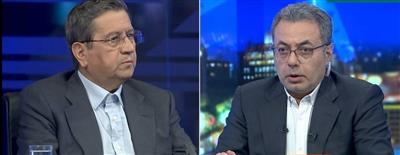Hemmati noted the establishment of a permanent joint economic commission between Iran and Russia: “A platform has been created for us to deepen our understandings with Russia. This strategic agreement will facilitate enhanced economic and political cooperation.”
The finance minister also underscored the allocation of a $5 billion credit line from Russia to Iran. He remarked: “For various reasons, we have not yet been able to utilize this line; however, President Putin has assured us that it remains available.” Projects eligible for funding through this credit line include the Rasht-Astara rail projects, the Sirik power plant, and phases two and three of the Bushehr nuclear power plant.
Hemmati further highlighted an agreement between the Central Bank of Iran and its Russian counterpart to establish a branch in Iran. He mentioned that a banking alternative to SWIFT has been implemented between the two countries. Additionally, he referred to discussions held by President Ebrahim Raisi with Russian economic stakeholders regarding the banking system; these stakeholders have expressed interest in investing in and trading with Iran.
Currently estimated at nearly $4 billion, Iran's trade volume with Russia shows that Russian exports significantly outpace those from Iran. Hemmati emphasized efforts to achieve a more balanced export relationship—a concern acknowledged by President Putin.
He also reported substantial exchanges of goods within Iran’s trade framework with the Eurasian Economic Union (EAEU), noting a sharp increase in trade relations with Eurasia. Overall, Hemmati characterized the country’s trade dynamics as positive and indicated an improvement in the trade balance.

